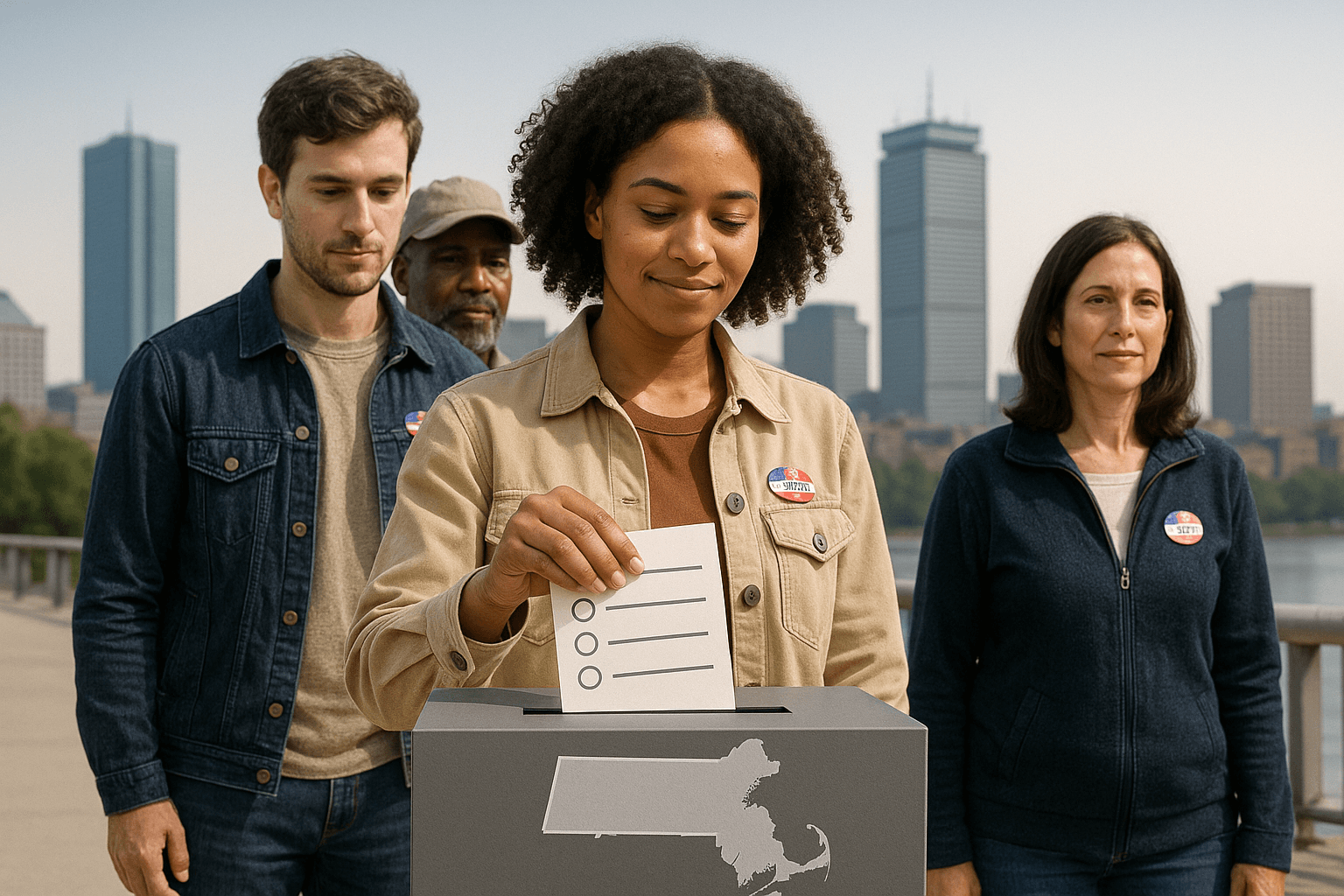An Unexpected Path to Liberal Revival

I saw two maps shown by John King on CNN when he was analyzing the 2012 election. They illustrated with striking clarity the political divide in this nation. Those maps pointed towards a possible path liberals could take to reasert their importance in the political system.
The first map showed the states, colored red or blue, depending on which presidential candidate won a majority in each one. In that election they were pretty evenly divided.
Then he showed a map of each of the individual counties in the nation colored red or blue. On the second map the country was a sea of red, with tiny islands of blue—atolls, really—scattered here and there.
Of course, a whole lot of people live on those little islands. The point is that, geographically, the political divide in this nation is between those who dwell in cities and those who don’t. Liberalism dominates among the former and conservatism among the latter.
That political divide is the result of a cultural schism. That schism, we are learning, is irreconcilable. Most people seem to be coming to the conclusion that our cultural divide is also unbridgeable. I still have hope that the divide can be overcome, but the following argument is based on the premise that we are confronted with a cultural chasm that cannot be reconciled or bridged.
A favorite theme of politically conservative people in this country is to promote the autonomy of the individual states. They want to make the states as independent as possible of the federal government. Interestingly, liberally oriented people who live in cities could benefit from seeking to make these cities as autonomous as possible, as independent as they can be of both the federal government and state governments.
The federal government would have very little to do. National defense and a few other things are all that would be left to it.
Likewise, state governments would also have almost no state-wide responsibilities. The bulk of taxes would be collected and spent at the local level.
I want to emphasize that this proposal isn’t about revenge. It’s about a peaceful resolution of the cultural conflict we cannot settle at the national, or even the state level.
Still, the fact is that cities are where most of the people and the money are. The people populating the cities—a solid majority of the people in the nation—have become increasingly weak politically at the national level. That is due to the structure of the national government and the ability of conservatives in the states’ governments to control the makeup of Congressional districts. Yet, cities have contributed far more money to the treasuries of federal and state governments—including providing financial assistance to individuals living throughout the states.
It is easy to see what the focus of citizens living in cities could be. Taking a page from conservatism, the people who live in the cities could seek to make them as autonomous as possible, as independent as they can be of both the federal government and state governments, fiscally and otherwise.
Photo Credit: Mark Newman, University of Michigan



